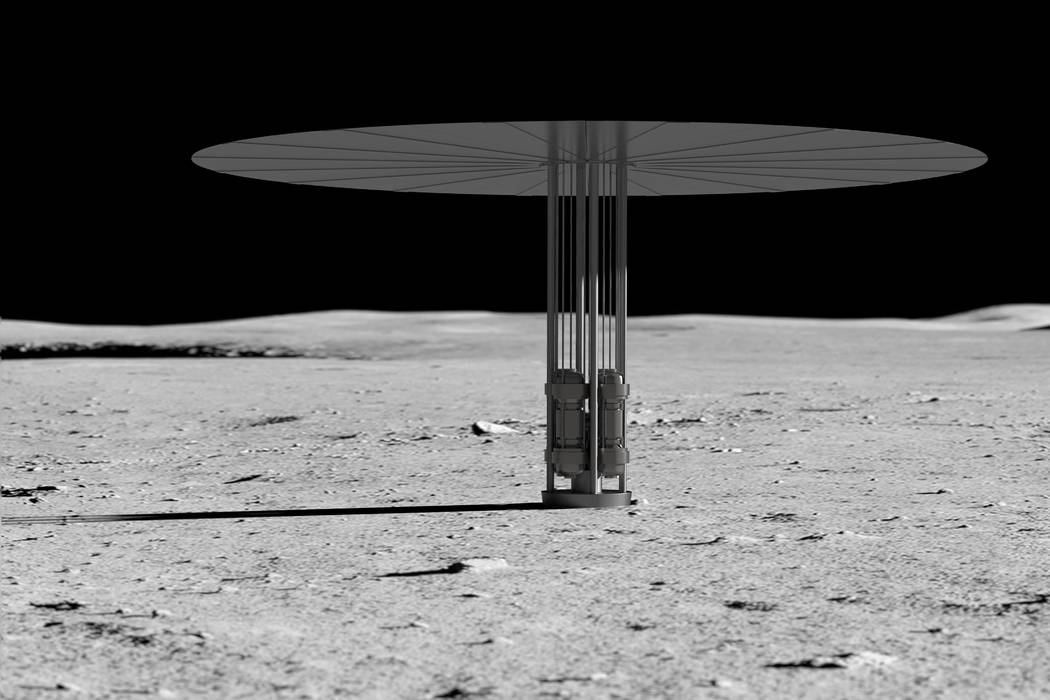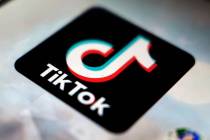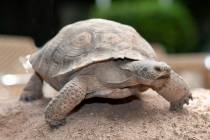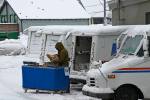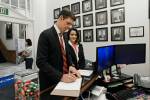New space-age nuclear reactor passes Nevada test
Researchers have successfully tested a new nuclear reactor in Nevada that could power future manned missions to the moon, Mars and beyond.
Project leaders said the Kilopower fission reactor performed better than expected during a 28-hour, full-power test completed on March 21 inside a vacuum chamber at the Nevada National Security Site, about 85 miles northwest of Las Vegas.
“Really everything ran perfectly during the test,” said Kilopower lead engineer Marc Gibson.
NASA and the Department of Energy announced the results Wednesday during a press conference at the space agency’s Glenn Research Center in Cleveland.
The test in March marked the end of five months of work on the “space-qualified nuclear reactor” in Nevada. The goal of the project is to develop a safe, compact and reliable source of electricity for future manned and unmanned missions beyond Earth orbit.
“As we are looking to explore the moon and eventually Mars, we are going to need a large power source not dependent on the sun, especially if we’re going to live off the land,” said James Reuter, NASA’s acting associate administrator for the Space Technology Mission Directorate in Washington, D.C.
The Kilopower prototype is designed to generate up to 3 kilowatts of electricity, but engineers envision a larger version capable producing 10 kW, enough to light 100 100-watt bulbs. A crew on Mars might use four or five of the larger reactors to run their habitat, charge their vehicles and produce drinkable water and breathable air when dim sunlight or dust storms render solar panels ineffective.
Project officials said the technology could be scaled up even more to power orbiting space stations, asteroid mining operations or the engines of spacecraft.
Work began on the prototype after a successful “proof-of-concept test” in 2012, also at the National Critical Experiments Research Center, about 25 miles north of the test site’s Mercury entrance gate on U.S. Highway 95.
Dave Poston, chief reactor designer at DOE’s Los Alamos National Laboratory in New Mexico, said the Kilopower test was significant for another reason: It was the first test of a new nuclear reactor design in the U.S. in 40 years.
Poston said people used to think it would cost more than a billion dollars to develop a safe reactor for space flight, but Kilopower was designed, built and tested for roughly $20 million.
The result is a self-regulating reactor that powers up easily and doesn’t need coolant or even a control system. “We let the physics do the work by making the reactor design simple,” Poston said.
Kilopower is fueled by a solid block of highly enriched uranium alloy and cooled using pipes clamped to the core that transfer heat to Stirling generators to be converted to electricity. The core is the size of paper towel roll and the overall system is about the height of an average human.
The basic, solid-state design makes it relatively safe during both launch and operation.
Now that Kilopower has been successfully demonstrated, project officials said they don’t foresee the need for any additional ground testing of the technology. The next step will be to see how the reactor performs in space.
No flight tests have been scheduled yet.
Contact Henry Brean at hbrean@reviewjournal.com or 702-383-0350. Follow @RefriedBrean on Twitter.



